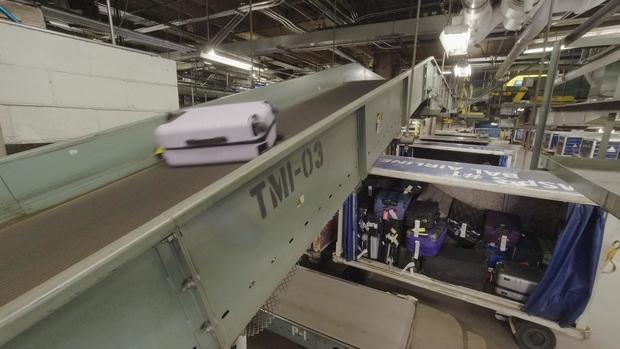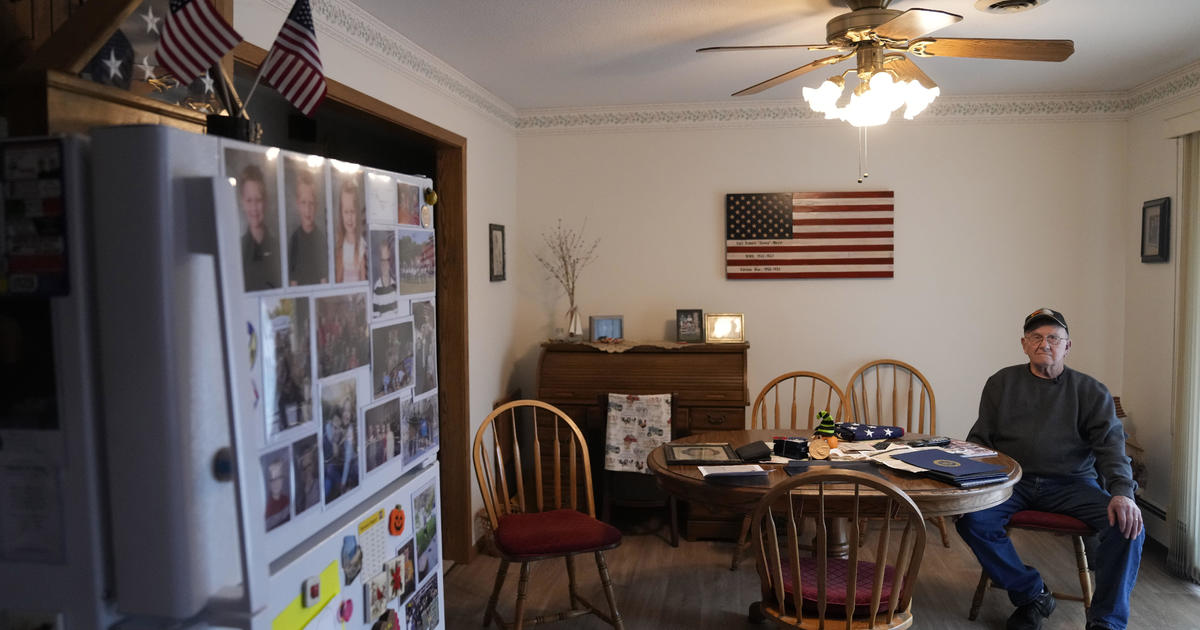How do airlines get the bags from one city to the next?
MINNEAPOLIS -- This holiday season, about a million pieces of checked luggage will come through Minneapolis-St. Paul International Airport. It's a tremendous process to make sure all those bags get to their right spot on time.
So, how do airlines get the bags from one city to the next? Good Question. Delta Airlines took WCCO through the process.
A bag's journey begins as soon as the checker walks up to the baggage counter. There, the customer service agent will confirm where the passenger is headed and attach a bag tag that's embedded with a RFID (radio-frequency identification) chip. That tag includes information like the passenger's name, bag tag number, destinations and confirmation number.
Delta Red Coat Nadia Tariq says that while some passengers are stressed, many are just happy to travel.
"What I've learned it to be a listener, let them talk," said Delta Red Coat Nadia Tariq. "They need to know that we are listening to them."
The customer service agent then puts the bag on a conveyer belt which leads to the Delta Main Bag Room, a giant space in the basement underneath ticketing.
There are about seven miles of conveyer belts that automatically move the package to what Delta calls a pier – that's an area filled with carts that will eventually be driven to the places. There are 29 piers at MSP.
The bags move through the conveyer belt on their own through a series of scanners that tracks the bag tags. Each day, someone programs all the flights to make sure the right bags head to the right piers.
Delta baggage agent Lindsay Muir says there are a variety of ways an airline can "lose" a bag – a jam in the conveyer belt, a bag tag that fell off, a late connection or human error in loading. Delta says it mishandles only two of every 1,000 bags.
Muir says the RFID chip technology makes it easier for baggage agents to fix any problems and re-direct the luggage to the proper place.
"It happens all the time and we always catch it," Muir says.
Once the bag reaches the end of the conveyer belt, a baggage agent will move the bag into the piers, which hold carts. One carts is for bags that will transfer the next airport and another cart is for final destination bags. Those carts are hooked up to trucks and driven to the side of the airplane.
Related: How Does Plane De-Icing Work?
From there, baggage handlers load the bags into the belly of the plane. That process begins about 45 minutes before take-off.
Once a plane arrives to its destination, the bags unloaded, put on carts and driven to the baggage claim terminal. As MSP International, that's a 2 to 3 minute drive. They are then loaded on the conveyer belt to be picked up.
Delta recommends passengers sign into their app to follow the bag along its entire journey.





